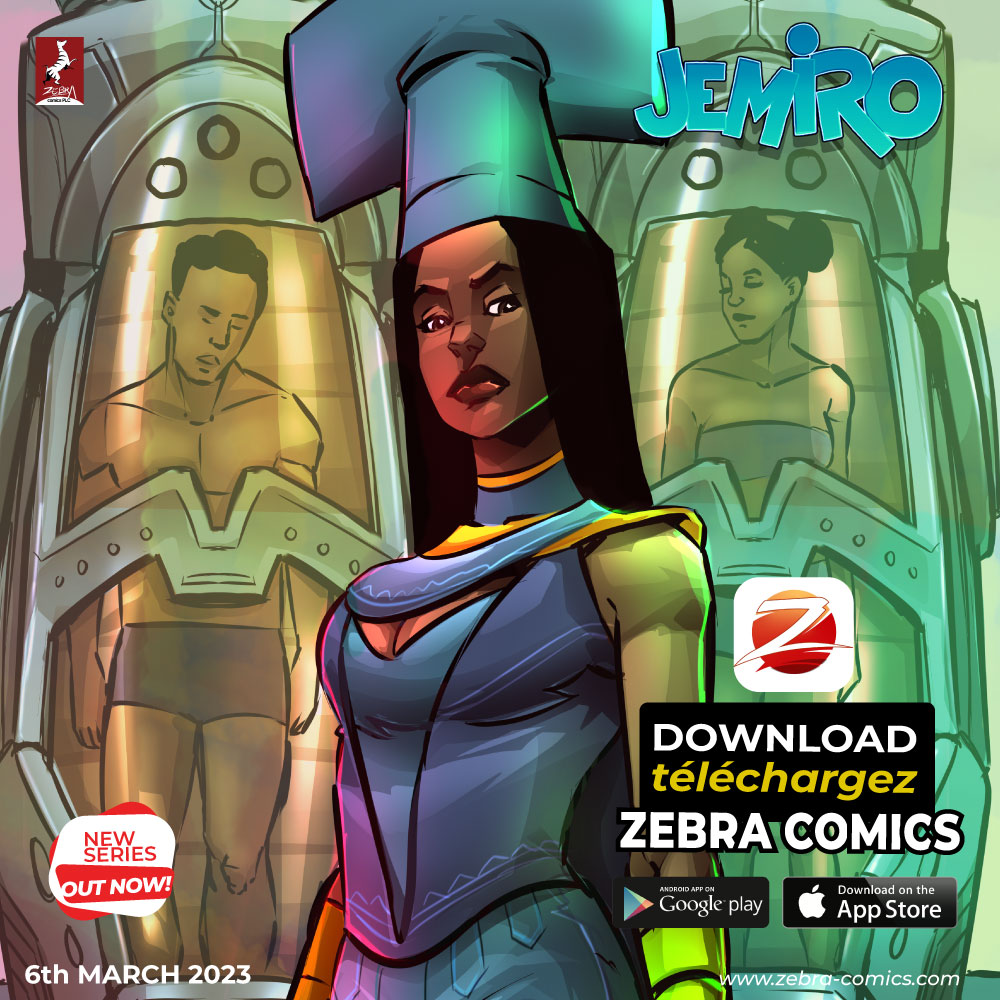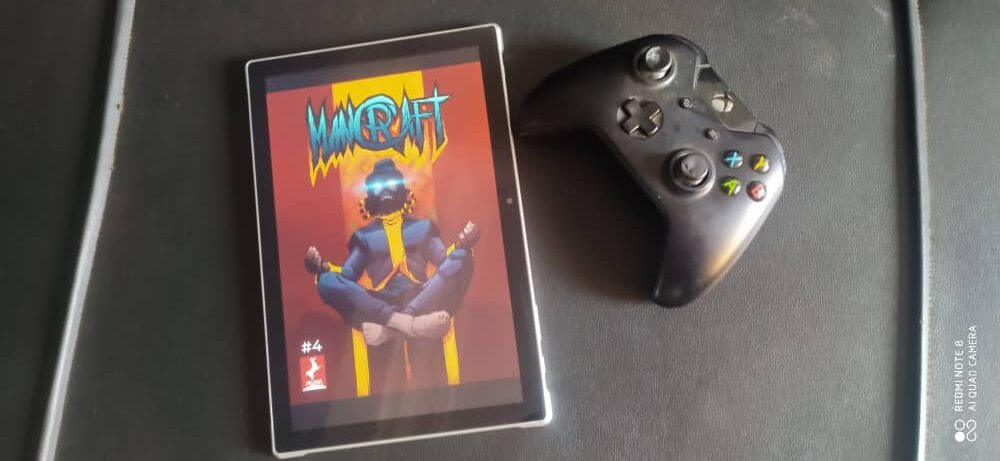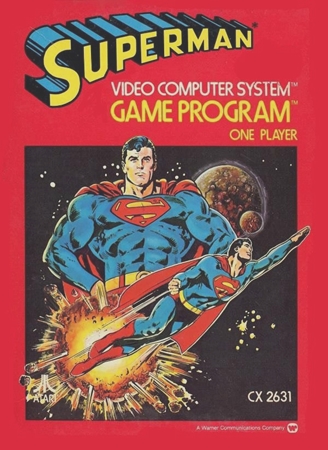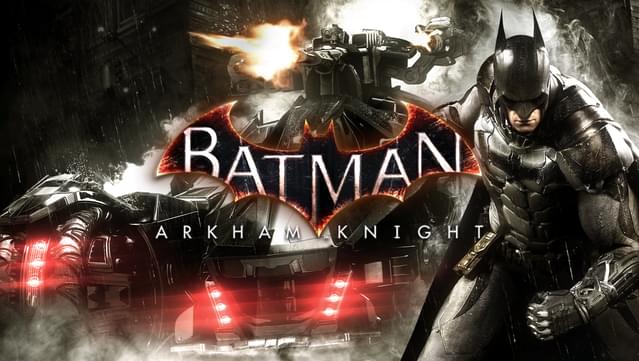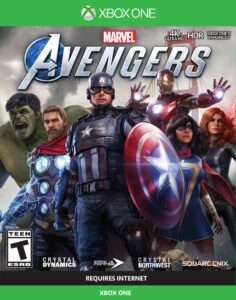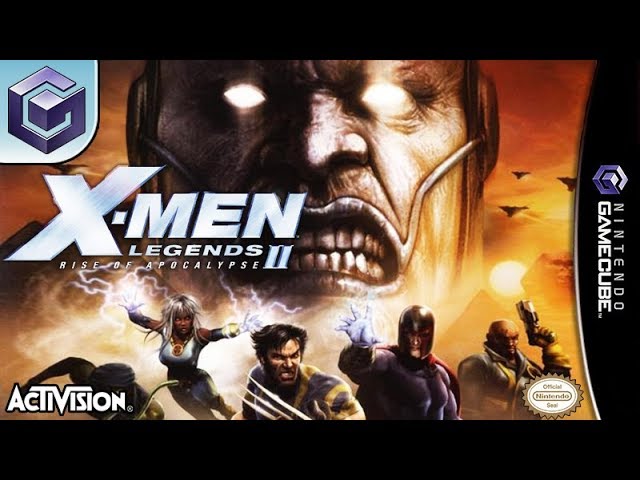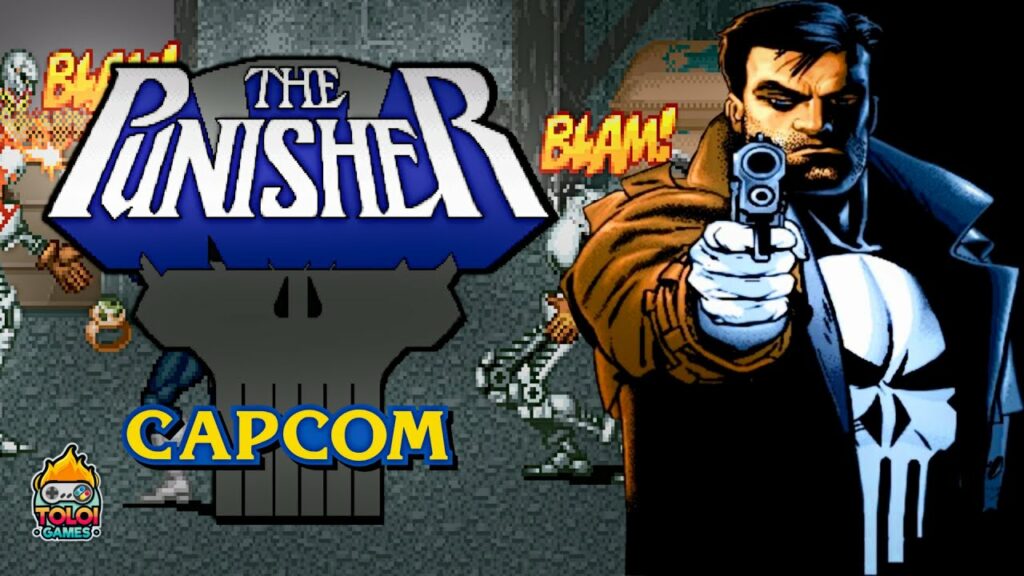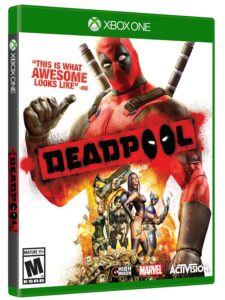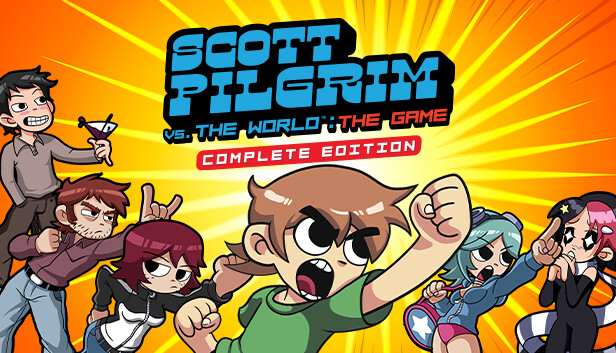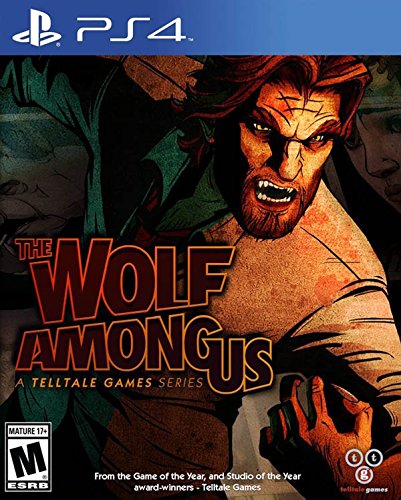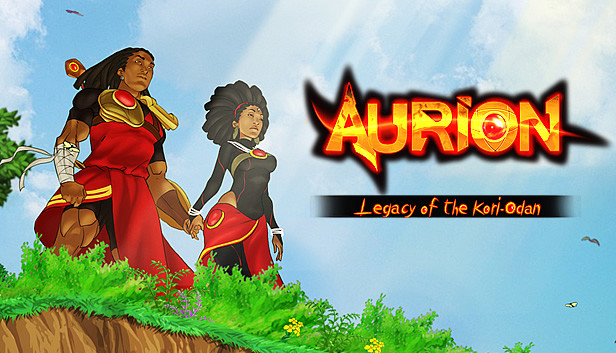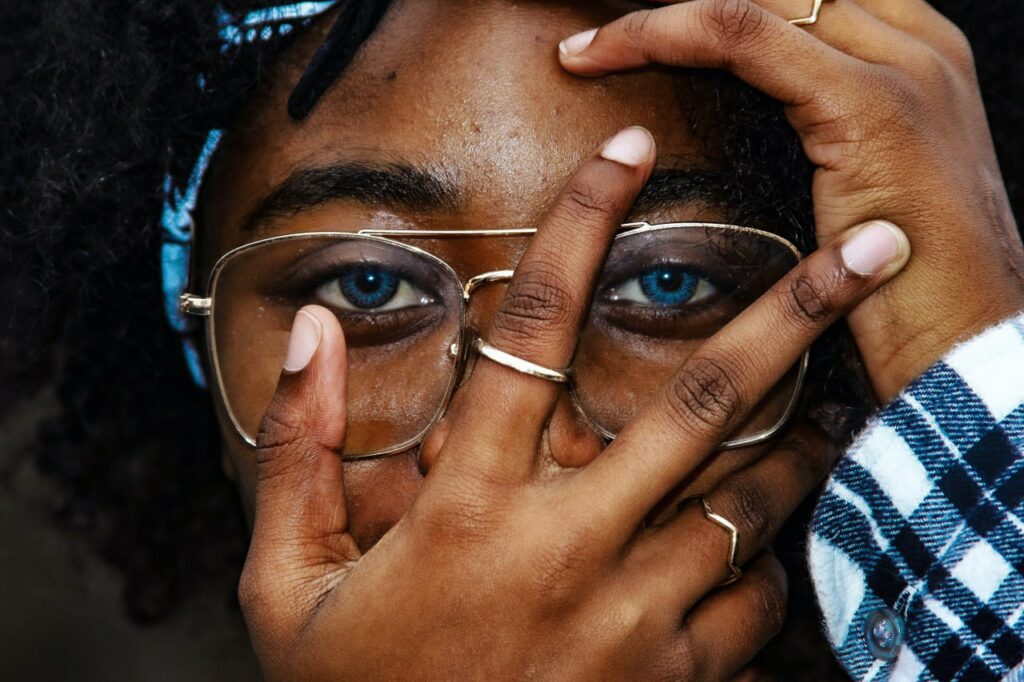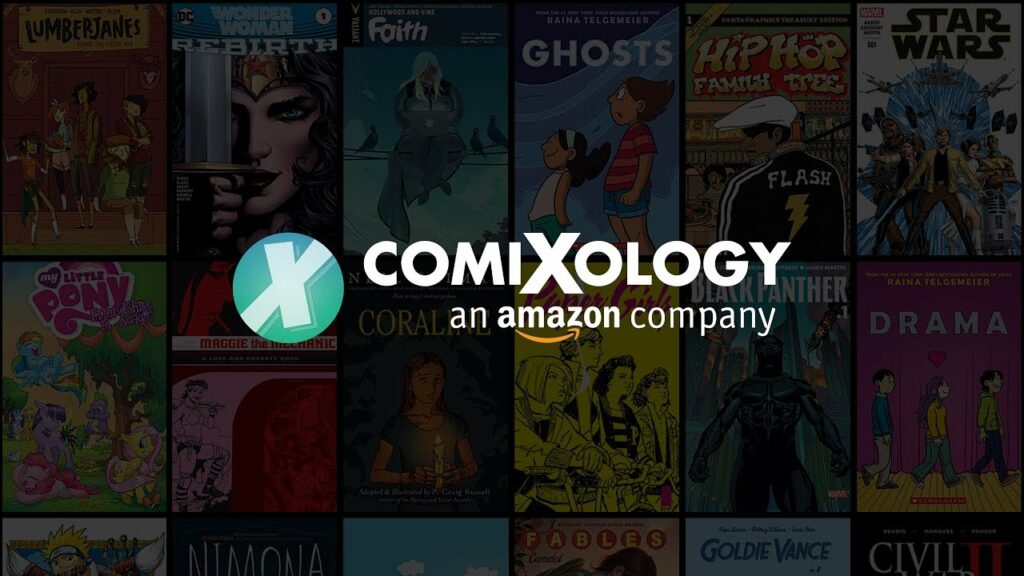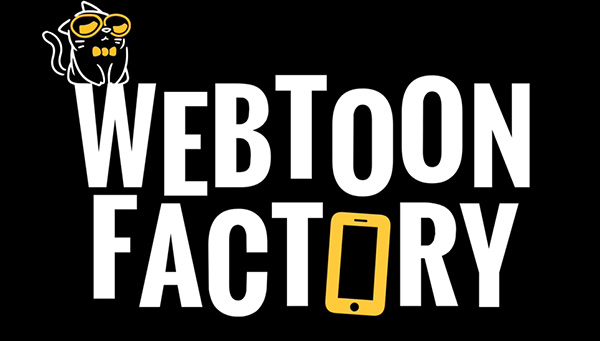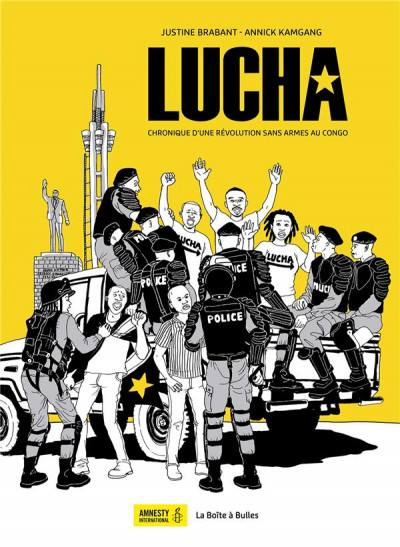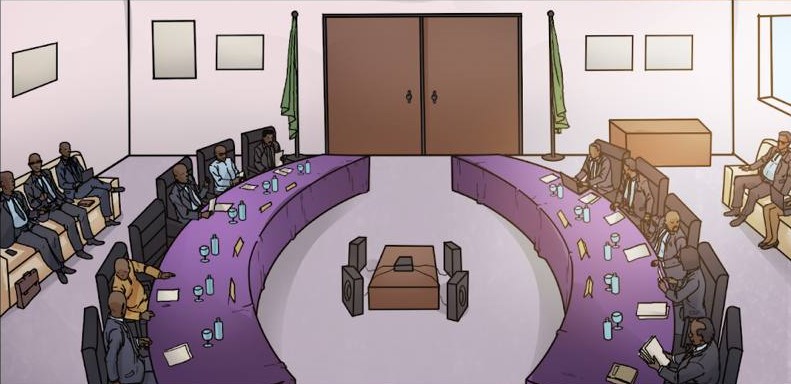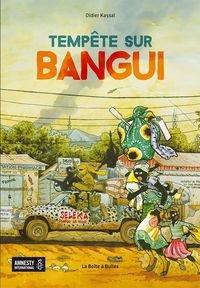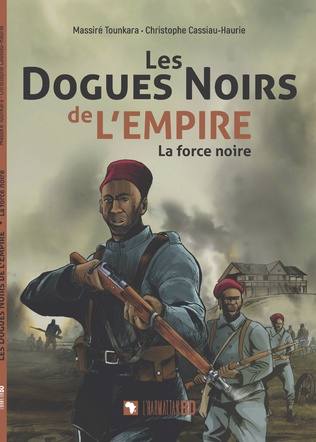Human beings have always been obsessed with the future. From real life, passing through fiction, to science, humans have always wondered what the future holds for them. Throughout human history, we have seen individuals resort to fortune tellers, diviners, pastors and even dreams to catch a glimpse of what the future holds for them. Science has developed systems in meteorology and other sectors that can help predict future natural events. Even film, books and music have shown us imaginations of the future. Human beings are therefore heavily interested in what the future holds. The question one will ask here is, why is the future so important? Well, the very basis for seeking to predict the future is to avoid the errors of the past and ensure that the actions of tomorrow are quite efficient enough so as to provide humans with the best quality of life possible.
So, with this great interest in the future by every sector of human activity, it is no surprise that futurism is a predominant theme in comic books. Right from the early days of the comic book industry, the future has been an important theme seen in the plots of the most popular comics out there. This has been the same with Japanese manga, Franco Belgian comics, webtoons and comics from different parts of the world. Futurism is one such concept that has been gaining traction among comic book fans lately. From sci-fi stories set in far-off galaxies to dystopian tales about our own future, futurism offers an intriguing look at what could be on the horizon for humanity.
Futuristic themes often appear as part of larger story arcs or entire series dedicated to exploring futuristic concepts and technology. Sci-fi comics like “Valerian and Laureline” are great examples of this type of storytelling; they feature characters who travel through time while encountering all sorts of alien creatures along the way! Other popular titles also take readers into strange realms full of advanced technology, mind control devices, interdimensional portals – you name it!
Fans can also find plenty more futurist elements within other genres outside science fiction too; superhero stories have been known to dabble with time travel storylines or even introduce entirely new technologies from alternate realities (like Iron Man’s armor). Even horror comics are getting in on the action by introducing post-apocalyptic settings where survivors must battle against hordes of zombies or rogue robots for survival!
That said, here are some great examples of comics that treat futurism in a predominant way.

In the late 21st century the remains of the human race are crammed into the Habitats: vast artificial space stations; hotbeds for crime and madness policed by private security firms. When a routine drug bust goes wrong, no-nonsense Investigator Bridget Kurtis finds herself in a life or death struggle with a new sect of cultists. But evidence begins to point to something far more sinister going on behind the scenes.

On Saturn’s distant moon, Titan, lies the Mega-City, a penal colony for exiled ex-Judges – the most corrupt, dangerous and desperate to ever once carry the badge of office. Now the Justice Department of Mega-City One has lost contact with the Titan penal colony – a big problem considering that it houses over one thousand law-breaking ex-judges, many of which have a grudge with their old colleagues. Now Dredd must team up with SJS Judge Gerhart – a man who holds him responsible for ‘Chaos Day’, and battle a formidable army led by one of the most dangerous ex-undercover Judge’s ever…

When Jo Mullein left Earth for parts unknown, little did she know she’d end up becoming a Green Lantern at the farthest outpost in the known universe, dealing with a complex culture that was about to have its first murder in centuries. Investigating that death unearthed a lot of secrets and made her a lot of enemies. Written by multiple Hugo Award winner N.K. Jemisin and drawn by Naomi co-creator Jamal Campbell, this epic space adventure is one you will want to read over and over again.

Welcome to Neo-Tokyo, built on the ashes of a Tokyo annihilated by a blast of unknown origin that triggered World War III. The lives of two streetwise teenage friends, Tetsuo and Kaneda, change forever when paranormal abilities begin to waken in Tetsuo, making him a target for a shadowy agency that will stop at nothing to prevent another catastrophe like the one that leveled Tokyo. At the core of the agency’s motivation is a raw, all-consuming fear of an unthinkable, monstrous power known only as Akira.

Pluto tracks an investigation into what appears to be a serial killer of robots and humans all across the world, headed up by a famous robot detective. It’s partially a retelling of an Astro Boy story — “The Greatest Robot in the World” — but Urasawa’s execution truly brings the series to life. His precision and patience recalls Watchmen, if only Alan Moore had managed to stay away from that giant squid ending.
6. Kingdom Come

Created by Mark Waid and Alex Ross, Kingdom Come is the perfect mesh of Rockwell-esque idealism and grim dystopianism. Set in a world in which many heroes have either retired or become complacent, a newer generation of heroes is becoming increasingly violent in their tendencies. This results in a rift between the old guard of heroes and the newer generation, bringing into question the meaning of justice and bringing the definition of a hero into question, as the lines of morality are blurred.

In a future in which super-heroism has been outlawed and all heroes have hung up their costumes and retired (with limited exception), crime has grown progressively vicious. It is under these circumstances that the now grizzled and aged Bruce Wayne decides to come out of retirement and continue his war on crime. Many of the Dark Knight Returns’ greatest strengths lie in its greyed heroism and moral ambiguity, painting traditionally archetypal heroes such as Batman and Superman in a less than favourable light, bringing their ethics and actions into question in a way that feels very human.

Battle Angel Alita tells the story of Alita, an amnesiac female cyborg. Her intact head and chest, in suspended animation, are found by cybermedic expert Daisuke Ido in the local garbage dump. Ido manages to revive her, and finding she has lost her memory, names her Alita after his recently deceased cat. The rebuilt Alita soon discovers that she instinctively remembers the legendary martial art Panzer Kunst, although she does not recall anything else. Alita uses her Panzer Kunst to first become a bounty hunter, killing cyborg criminals in the Scrapyard, and then as a star player in the brutal gladiator sport of Motorball. While in combat, Alita awakens memories of her earlier life on Mars. She becomes involved with the floating city of Zalem (Tiphares in some older translations) as one of their agents, and is sent to hunt down criminals. Foremost is the mad genius Desty Nova, who has a complex, ever-changing relationship with Alita.

The United States and the world of Earth-807128 has been conquered and divided among supervillains, with territories belonging to the Abomination (later conquered by the Hulk), Magneto (later conquered by a new Kingpin), Doctor Doom, and the Red Skull, who has named himself President of the United States. Superheroes have been wiped out of existence, with the few survivors in hiding. Logan lives with his wife Maureen and young children Scotty and Jade on a barren plot of land in Sacramento, California, now part of the territory known as Hulkland. Needing money to pay rent to his landlords the Hulk Gang (the incestuous hillbilly grandchildren of the Hulk and his first cousin She-Hulk), Logan accepts a job from a blind Clint Barton to help him travel east to the capital of New Babylon and deliver a secret package (which Logan assumes to be drugs). Logan and Barton encounter several diversions on their journey. They rescue Barton’s estranged daughter Ashley (who seems to be an aspiring Spider-Girl) from the clutches of the new Kingpin. However, she then murders Kingpin and reveals her intention to seize his territory of Hammer Falls (formerly Las Vegas) herself as the new Kingpin and “Spider-Bitch”, before attempting to kill her father; Logan rescues him and the pair escape, as Spider-Bitch sends her forces after them.

Following their last mission, Milla’s team has befriended a band of dissident Scum. Together, they decide to join forces to discover the truth behind the disappearance of the first settlers’ ships. A truth that has been carefully concealed by the Atils and the Administration… The first collaboration of this motley crew leads them to recover the survivors of a new Nave, orbiting a planet. But as soon as they arrive, they are hit by an electro-magnetic shot from the surface! Have the survivors of the Nave managed to colonise the planet? And if so, how long ago?
From the list above, it is clear that the future is of great importance and interest to many. This list can easily be non exhaustive as there exist a ton of comics which are based on the future. Even African creators are producing comics that focus so much on the future, putting forth imaginations of what human life can be in the years to come. Check them out and get lost in not just lessons for the future, but also in quality entertainment.

